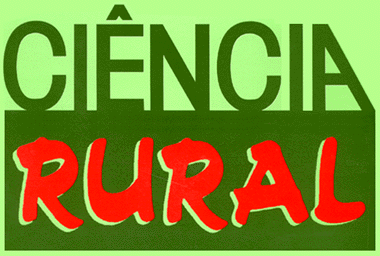In order to establish the diagnosis and prognosis of tumors of the oral cavity, a comparative study was carried out in 130 dogs considering age, sex, breed, clinical aspects, exfoliative cytology as well as histopathology. Exfoliative cytology revealed: 100% negative for benign non-odontogenic tumors, 97.91% negative benign odontogenic tumors and 77.92% positive for malignant tumors. Histopathology showed: 59.23% malignant tumors (33.08% malignant melanoma, 9.23% squamous cell carcinoma, 5.38% osteosarcoma, 2.31% fibrosarcoma, 2.31% angiosarcoma, 1.54% malignant mesenchymal tumors, 1.54% malignant fibrohistiocytoma, 1.54% lymphoma, 0.77% leyomyosarcoma, 0.77%% epithelioid sarcoma and 0.77% angiofibrosarcoma); 36.92% benign odontogenic tumors (25.38% peripheral odontogenic fibroma, 10.0% ossifyng fibroma and 1.54% odontoma) in addition to 3.85% benign non-odontogenic tumors (1.54% fibroma, 0.77% plasmocytoma, 0.77% pilomatrixoma and 0.77% giant tumor cells). These results permit us to conclude that exfoliative cytology was an efficient, safe, quick and noninvasive method and could be used for early evaluation of oral cancer.
oral cancer; exfoliative cytology; histopathology; dogs


